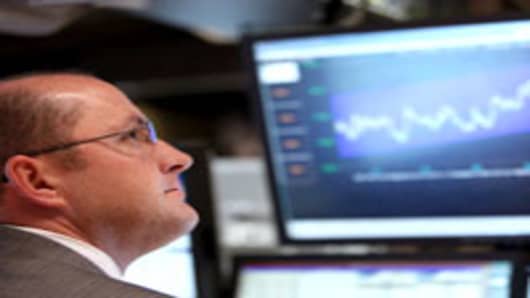It’s all been part of an uncanny trend that has seen stocks surge a combined 17 percent on those first trading days, with the rest of the time adding just 1.4 percent to the cyclical bull market rally. Nine of those 14 days saw gains of more than 1 percent.
“What do we make of that stat?” wondered Rick Bensignor, chief market strategist at Dahlman Rose in New York. “That the public's paychecks are making their way back into the markets, whether by 401Ks or in taxable accounts. Either way you look at it, they have been slowly but steadily coming back in.
“Did they likely pay well higher than they sold out at? Most assuredly they did. But if the ‘retail guy’ has really decided to come back to play, we can assume that they will continue to fund the market for awhile, and likely till they again get taken to the cleaners. Which at some point in the future, will probably happen again.”
Even Egypt couldn’t stop the powerful first-day-of-the-month trading trend.
In 2010 alone, the first trading day accounted for 123 of the 134 points the S&P gained. Essentially, the market traded flat the other 200-plus trading days. (Of course, that’s a bit of a misleading statistic. The market went up and down, and there were other days that posted big gains. But on balance, the first trading day was a great time to make money.)
“Maybe it’s on that first day of the month that the Fed comes in and does its buying (then again, it’s the small caps that Chairman turned Cheerleader Bernanke really favours!),” observed David Rosenberg, economist and strategist at Gluskin Sheff in Toronto. “And once again, we saw half of January’s 28 point advance in the S&P 500 occur on the first day?14 points that day alone, and the other 14 over the remaining 19 trading sessions.
“So you can point to the ISM as yesterday’s trigger point for the 22 point stock market rally. Or perhaps it’s just because it was the first day of February. Now everyone has to figure out what to do the rest of the month—March 1st is four weeks away!”
_____________________________________________
Questions? Comments? Email us at NetNet@cnbc.com
Follow Jeff @ twitter.com/JeffCoxCNBCcom
Follow NetNet on Twitter @ twitter.com/CNBCnetnet
Facebook us @ www.facebook.com/NetNetCNBC



